The history books have it that the first motor race was the Paris-Rouen of 1894. This was deliciously rule free – a pure open road race, with no proscribed route, on roads still open to the public. With the roadside lined with spectators many of whom had never seen anything move faster than a galloping horse, one doesn’t need a powerful imagination to see how this could end in tears; indeed it is surprising that is wasn’t until the 1903 Paris-Madrid, by which time some cars could manage 100mph (on dirt roads and bicycle tyres, with brakes on the rear wheels only – must’ve been a pretty exciting drive ) that the idea of pure road racing was abandoned due to the number of injuries and fatalities.
Organizers began to use circuits on closed public roads, at first of around fifty miles in length, since this made spectator control so much easier. Since then circuits have steadily got shorter – nowadays they are only 2-5 miles typically.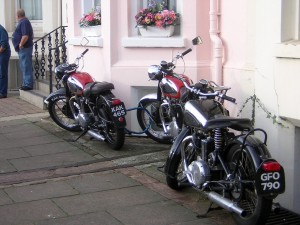
In Britain the city to city road races had never caught on. Closing the King’s highway required an Act of Parliament – in effect a special law had to be passed. Instead, contests were held in Ireland, and on the Isle of Man, a small island equidistant between mainland Britain and Ireland.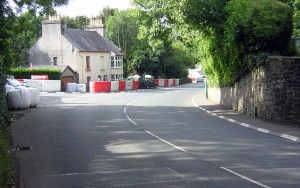
The first Isle of Man TT – Tourist Trophy – was held in 1902. The 37 mile course, running from the main town on the island across to the opposite side, then on up the mountain, is almost unchanged as the riders take to the course for the 2011 event. Like the Paris-Rouen, competitors leave at regular intervals, with the winner having the shortest overall time. Competition, then, is not so much wheel to wheel with other riders, but with the course, and with yourself – dare I hold the throttle open just that little bit longer ?
Take a moment and look closely at the onboard film here. It isn’t speeded up. The average speed is now 130mph; as you watch the film, recognize that most of this is 150mph+, in some places topping 190mph. These roads are emphatically nothing like a race track. They are crowned, and have drains, and cats eyes. The bikes buck, weave and jump around. Officially it can be dry, yet it will be damp under the trees. Up on the mountain, there’s a fast sweeping turn rendered the more challenging due to the tramlines across the road. In the words of TT champion Bob Mac, “you go up the mountain on your motorcycle, and come down on your nerves…”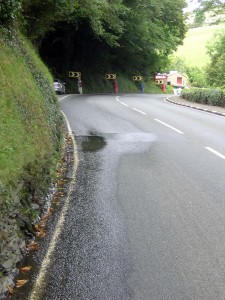
The TT, then, is a century old throwback to a time when you didn’t discuss the danger, because it was so glaringly obvious. That is has survived is a freak of geography, and some careful planning by the IoM government. You see, the races are spread out over two weeks, so to watch you must stay for at least a few days. By doing so, you support the local economy to no small degree. The island has the feel of a northern English seaside town, with plenty of rain, pubs and fish and chip shops, all full of bikers of that uniquely British type, the type who ride year round, and look down on folk like me “because you’re afraid of a bit of frost”.
Riders tend to come from nearby – northern England, Scotland, Wales and especially Ireland. It is as if you need to grow up in the shadow of the TT for it to get into your blood sufficiently that you eschew the relative safety of track racing for the purity of the mountain course. There are many privateers and family run teams. One of the top teams employs two Kiwis – I can’t help but feel it was learning to ride on similar roads, as they were growing up, that makes them top road racers. Speed seems to come from experience and smoothness, knowing exactly when and where there is extra speed to be had, not the last of the late brakers antics of short tracks.
There is a marvelous lack of pretension: in 2010, following a mid-race retirement from a top position, the cameras picked John McGuiness back in the paddock. Still in his leathers, he was taking a stroll with his wife and new baby, him pushing the pram. In another race, his bike had a different problem and was slow and uncompetitive. He made a point of stopping at a part of the course near a pub, and had a beer with the fans…listen carefully to Guy Martin’s understated commentary on the onboard lap. There’s no room for fakery.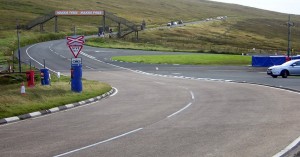
The bikes in use are nothing remarkable, in that they are generally four cylinder Japanese sportsbikes, the same as the ones in the dealership in your town, with different classes allowing different levels of modification. There are a number of production bike races, and one particularly intoxicating element of the TT is knowing that a top rider could hop onto your street bike and lap the course averaging 120mph+. With public roads, and production bikes, it is easy to see, easy to measure the difference between John McGuiness and Jon Summers.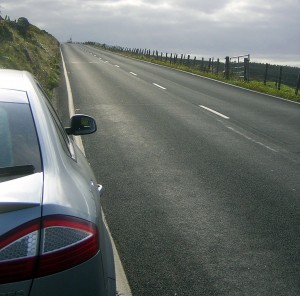
Production bikes lapping a course made up of public roads at 130mph highlights something else truly remarkable – just what a performance bargain the modern sportsbike is. Point to point, in the real world with other traffic, there is no faster means of transportation than this type of bike, assuming you have the requisite skill and balls. It is incredible that you can buy these devices for under $10k new; for as long as I have ridden, I keep expecting to wake up and find they are illegal; a liter sportsbike on the road is like having an AK-47 for home defense.
It might be expensive and inconvenient to get to, and you may be sick of fish and chips and beer and the British working classes by the time you come to leave, but there is no doubt that in a historical sense, the Isle of Man TT is the purest motor racing in the world. Slideshow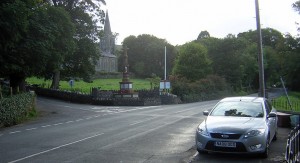
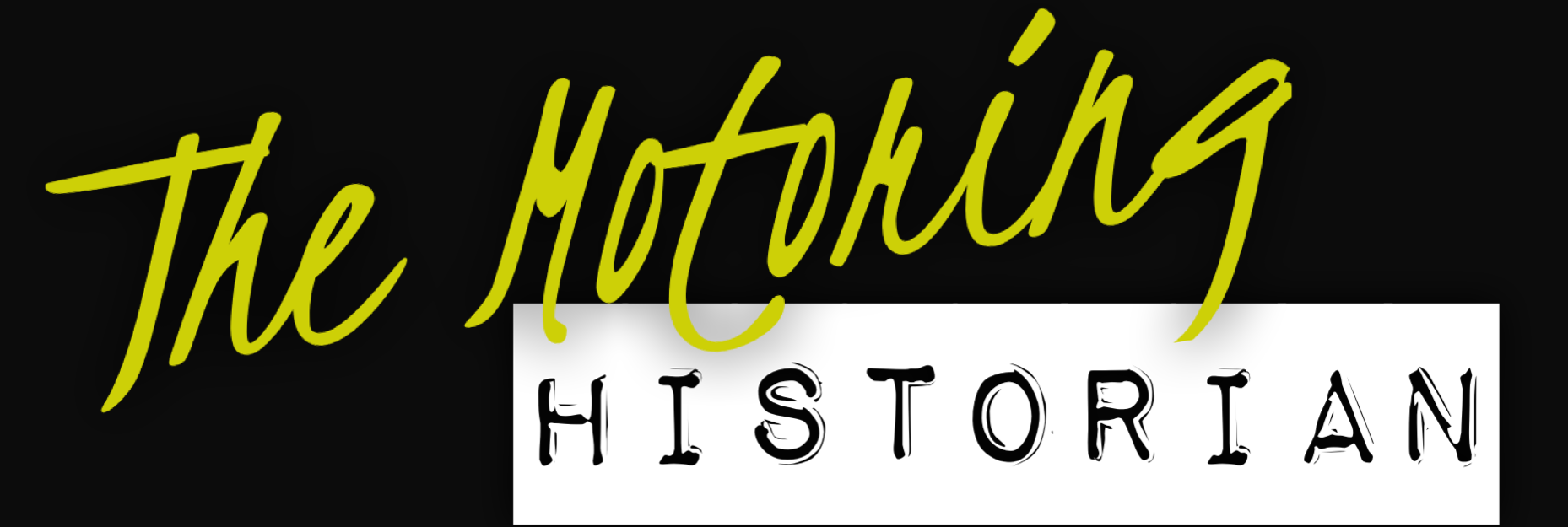
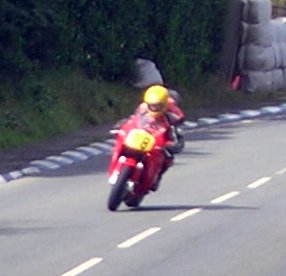
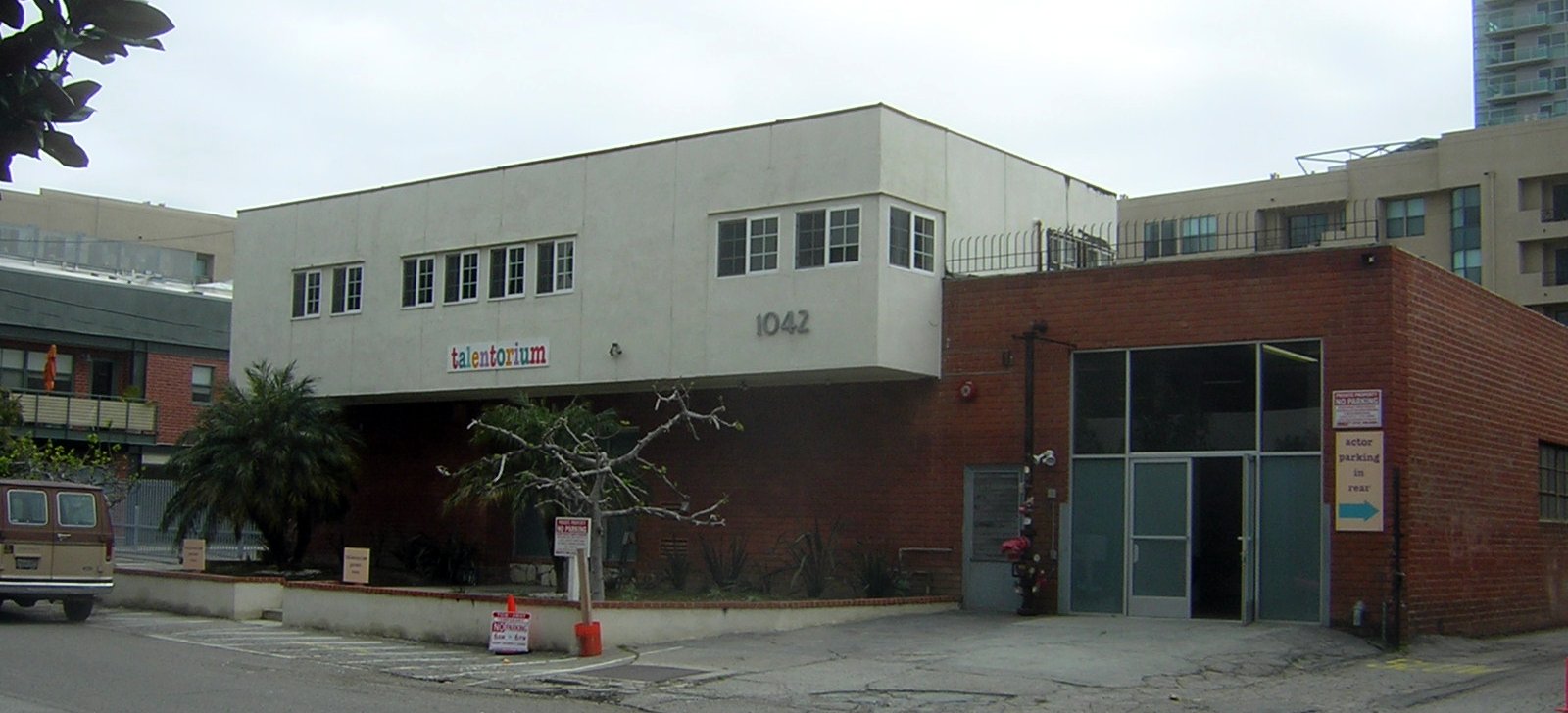

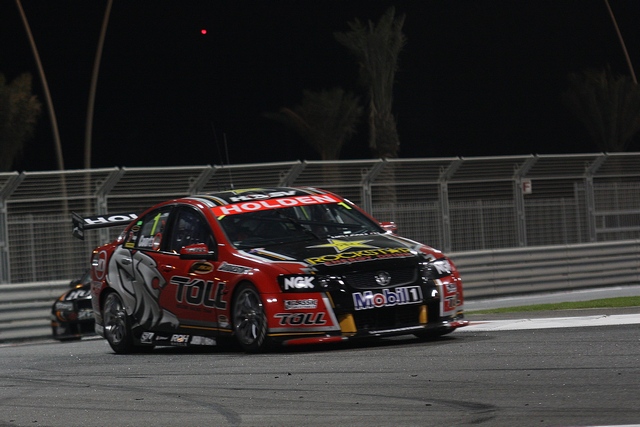
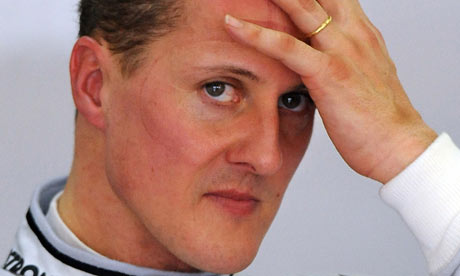
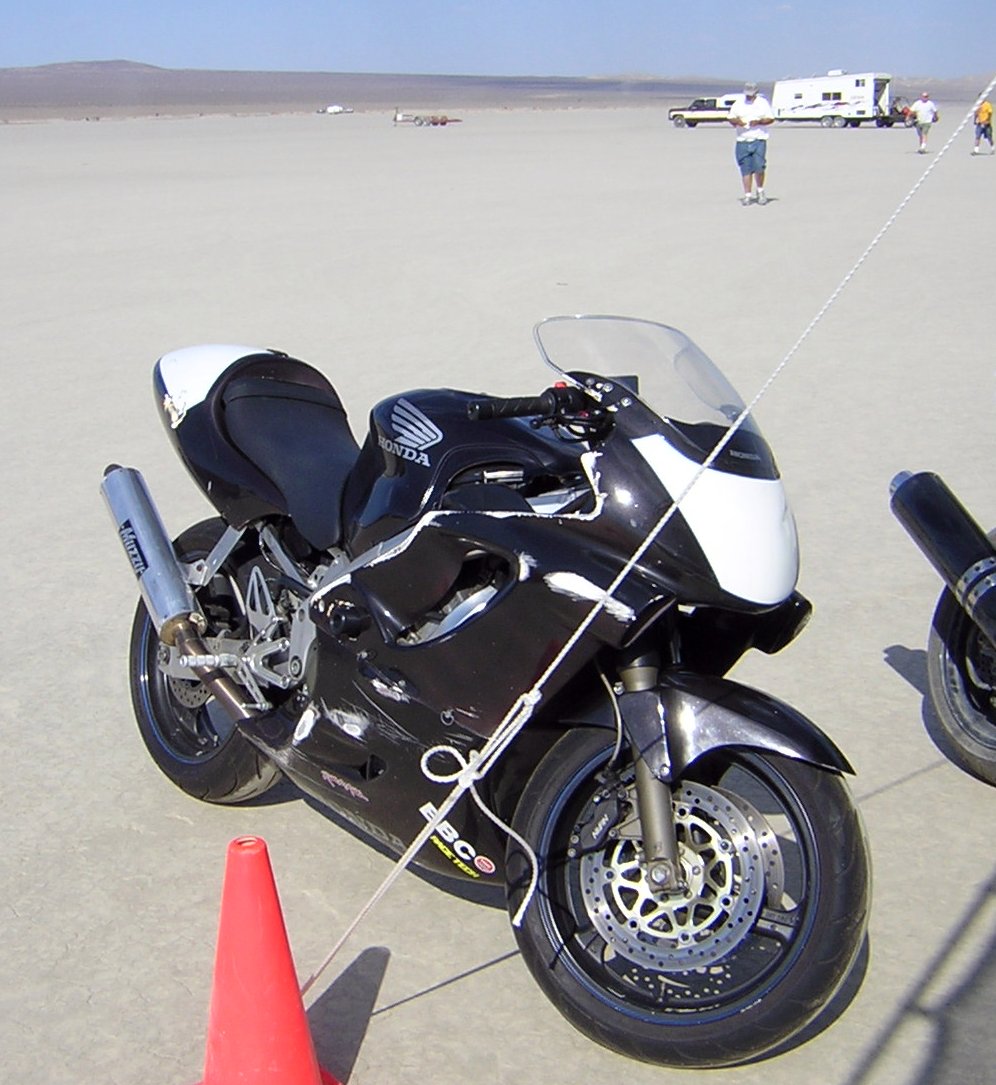
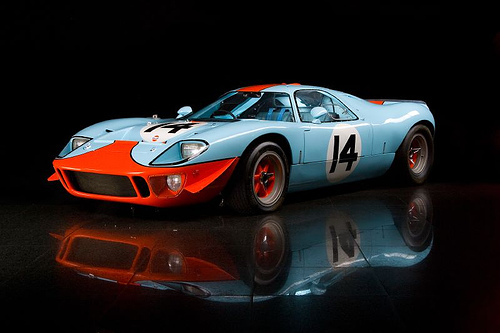
I am not that much of a online reader to be honest but your blogs really nice, keep it up! I will go ahead and bookmark your website to come back later. All the best!
How about rteutd roads? I love driving a road with ruts because it reminds me of my father. When I was a girl, my parents and I spent many summers in the Rocky Mountains, where we would often find ourselves on dirt roads heading to some dude ranch or another. My father absolutely LOVED the challenge of driving so that the wheels of our car ran just to the right or left of the ruts and he was very good at it, too. That kind of driving, requiring constant attention and a perfect knowledge of where our tires were, would have exhausted me, but my dad would finish a few hours of grazing ruts and dodging potholes in a state of exhilaration! Driving horrendous road absolutely energized the man. Brings a smile to my face just to think of it!
Hello my friend! I wish to say that this post is awesome, great written and include approximately all vital infos. I’d like to see more posts like this .
In response to msmnxisay .Mark Cavendish raced maybe 100 times at this very event. Every Tuesday night (sometimes twice) throughout the summer for many years. He was totally dominant when he raced here and could even lap the field. He frequently did.This event is EXACTLY where he started. And he wasn’t always in MRC.